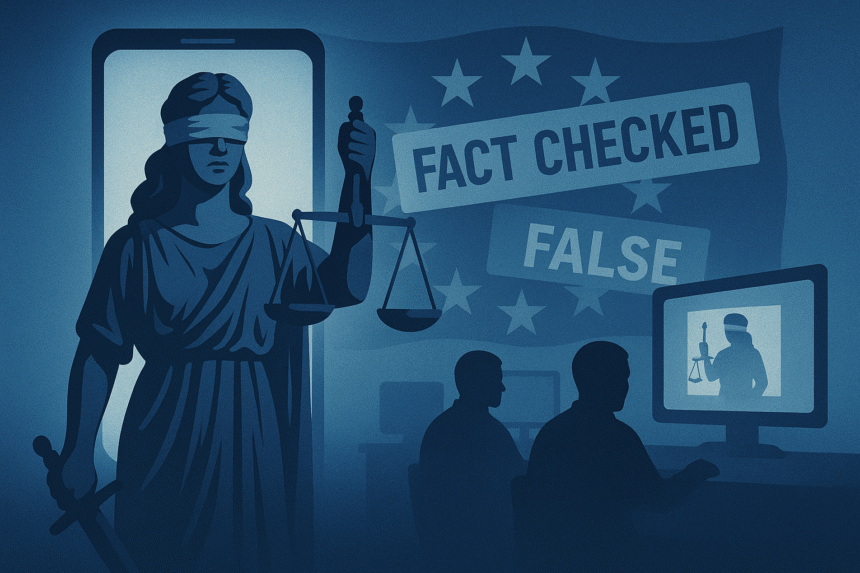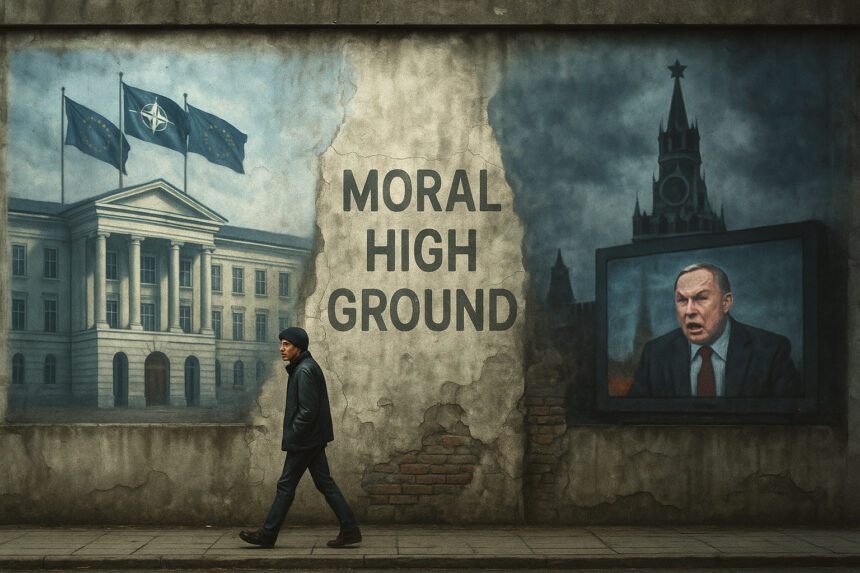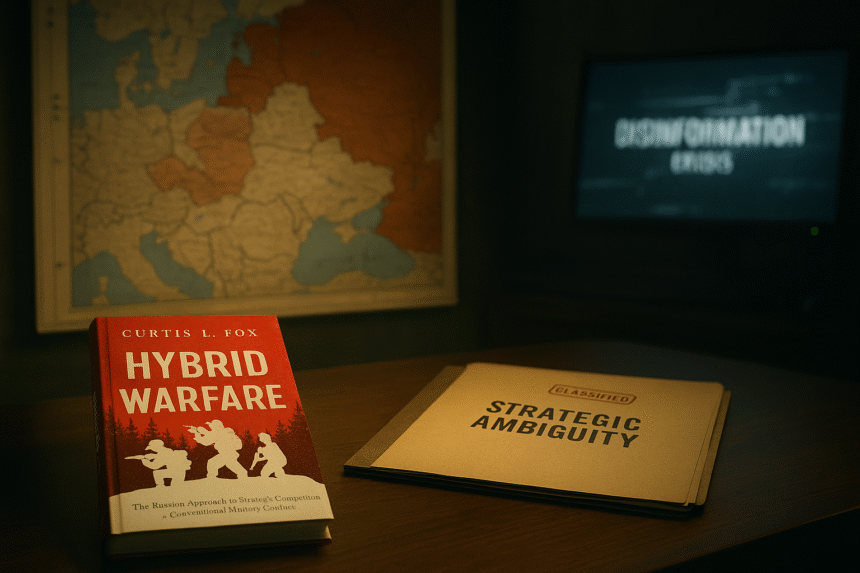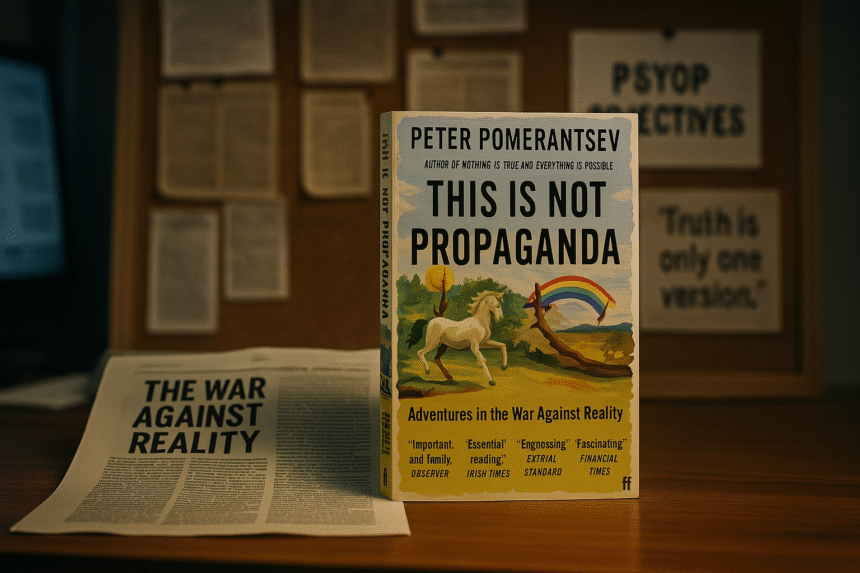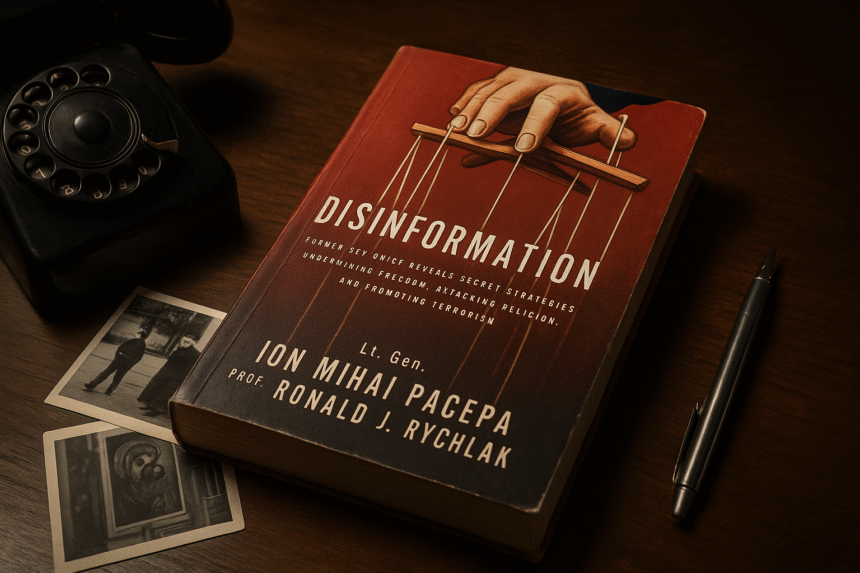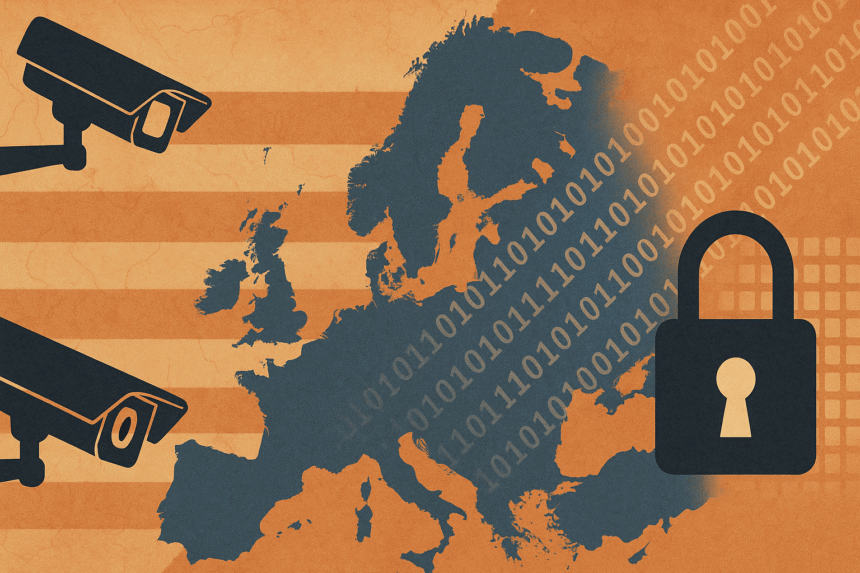“The structural advantage of adversarial information operations lies in their ability to shape the environment — not argue within it.”
RAND, Russian Disinformation on Social Media
Signal Failure
The West invested billions in fact-checking, media literacy, and counter-disinformation campaigns. Yet narrative warfare intensifies, public trust collapses, and adversarial influence operations evolve faster than institutional response. The problem isn’t a lack of facts — it’s the dominance of format over facts.

1. Fighting the Wrong War
“The information space is treated as a battlespace, and influence is achieved through the manipulation of perceptions, not the correction of facts.”
RAND, Russian Disinformation on Social Media
Western counter-disinformation initiatives have primarily focused on identifying falsehoods and correcting public misperceptions. These efforts—from debunking websites to social media labels—rest on the belief that people trust verified facts when presented clearly. However, adversaries such as Russia do not rely on simple lies. They deploy structural narrative systems that saturate the information environment, distort coherence, and fragment perception [1][2].
This article dissects why fact-checking and institutional truth claims fail against these tactics. It outlines the mismatch between content-based interventions and format-based warfare, a contest in which format over facts defines the real battleground.
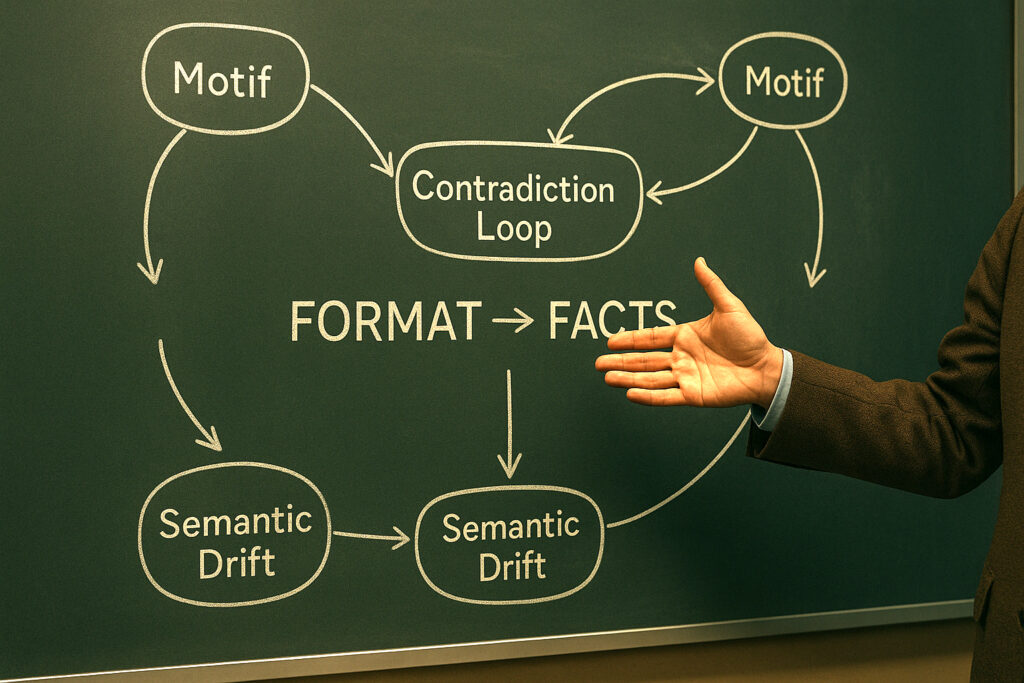
2. Structural vs. Reactive Strategy
“Russian influence campaigns are not designed to argue a specific point but to overwhelm, distract, and fragment audiences through competing narratives.”
RAND, Russian Disinformation on Social Media
Fact-checking operates at the content level. It flags individual falsehoods, evaluates claims, and circulates corrections. However, strategic disinformation systems—particularly those deployed by Russia and studied by RAND—do not rely on fixed claims. Instead, they operate through ambiguity, contradiction, emotional payloads, and repetition [1][3].
This divergence produces strategic asymmetry. While Western institutions focus on disproving facts, adversaries wage structure-based warfare that embeds motifs, saturates discourse, and manipulates emotional response cycles. Disinformation’s effectiveness stems from its design—a logic of format over facts that bypasses cognition and engages pattern recognition.
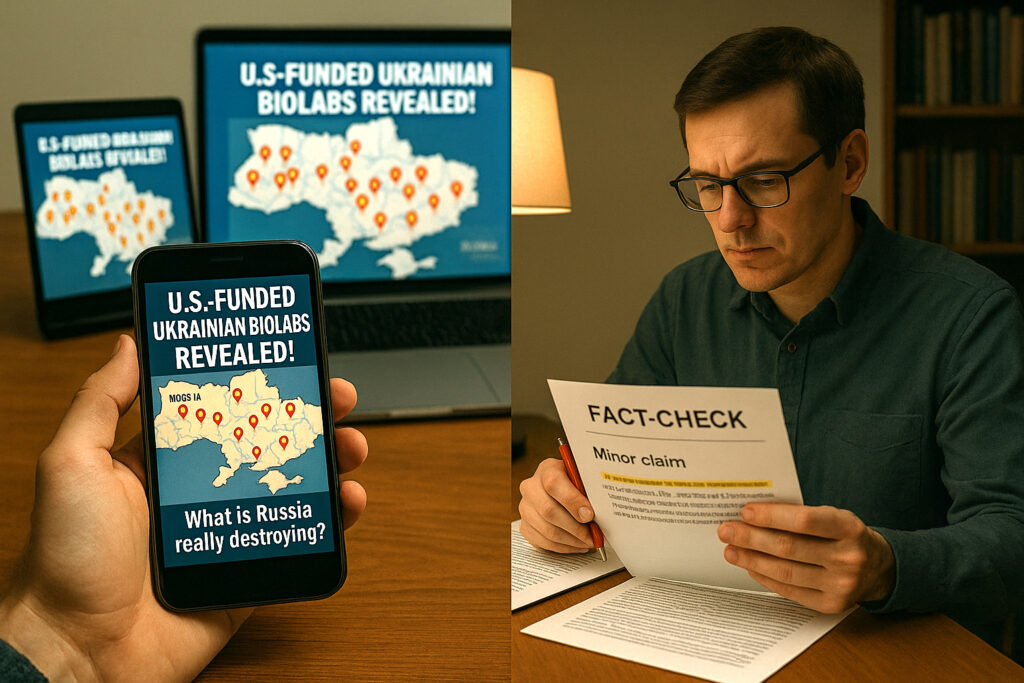
3. Case Study: Dierickx and the Ukraine War Fact-Checkers
“Fact-checkers often succeeded in correcting individual claims but failed to neutralize the broader narrative logic driving disinformation trends.”
Dierickx, Fact-Checkers’ Challenges in Russian-Ukrainian War
Dierickx’s 2024 study analysed fact-checker responses during the Russian invasion of Ukraine [2]. Despite high volume and formal institutional backing, most fact-checks failed to counteract disinformation trends. The problem wasn’t effort—it was framing.
Fact-checkers often addressed minor or secondary claims while ignoring the structural payload. In one example, several teams rebutted whether a bio lab in Kharkiv existed, while the broader narrative seeded by Russia—that the West engineers pathogens in Ukraine—remained intact and unchallenged. Once again, the format over facts paradigm ensured the core message endured.
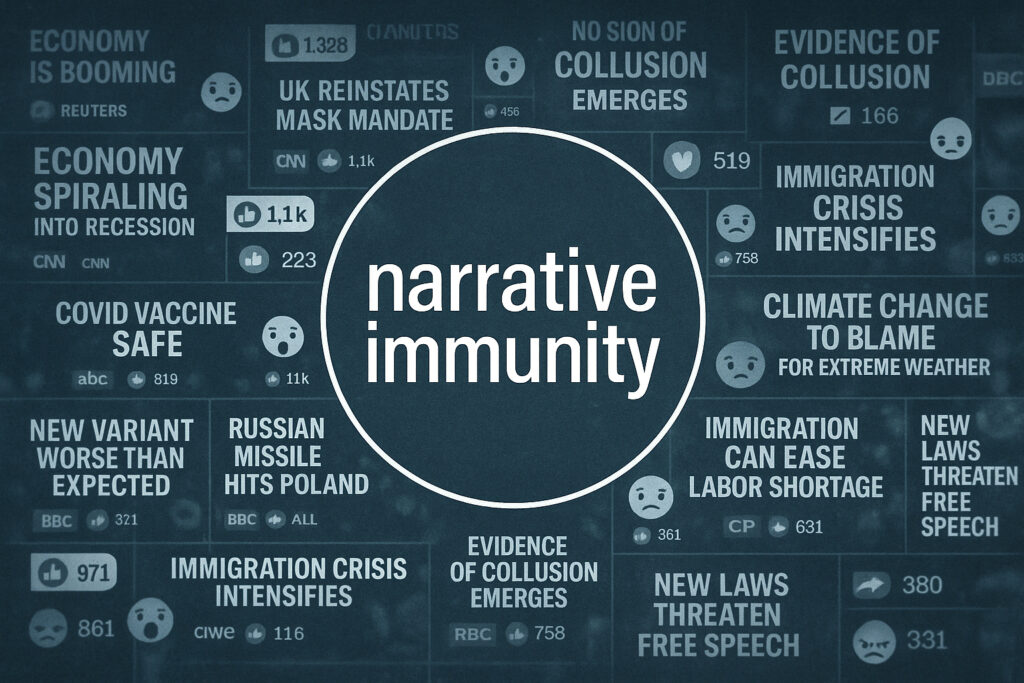
4. Strategic Fracturing and Narrative Immunity
“Once audiences internalize the belief that all counterclaims are enemy propaganda, they become immune to factual contradiction.”
Pamment, A Capability Framework for Countering Disinformation
Adversarial disinformation operates through resonance, not accuracy. Russian campaigns seek to produce narrative immunity — the condition where audiences interpret all contradictory inputs as part of the enemy’s manipulation. Once embedded, this frame cannot be neutralised with fact delivery alone.
RAND’s research into superspreader networks and platform manipulation shows that narrative cohesion, not factual accuracy, drives disinformation virality. Attempts to inject clarity often backfire, reinforcing distrust and reactivating partisan identity [1][3]. The structure of delivery prevails — format over facts once again determines impact.

5. Toward a Structural Response Model
“Counter-disinformation strategy must evolve from reactive fact-checking to anticipatory interventions that pre-empt narrative saturation.”
Compendium of Recommendations on Strategic Communication
If disinformation spreads structurally, countermeasures must do the same. This means shifting from reactive content policing to anticipatory narrative mapping. Rather than debunk false claims, institutions must identify emerging motifs, build counter-frames early, and saturate channels before adversaries seize the narrative terrain.
Frameworks proposed by Pamment and RAND emphasise pre-bunking, strategic storytelling, and message inoculation as scalable interventions [3][4]. These models acknowledge that persuasion in the current information environment is determined more by structure than content — the strategic logic of format over facts.
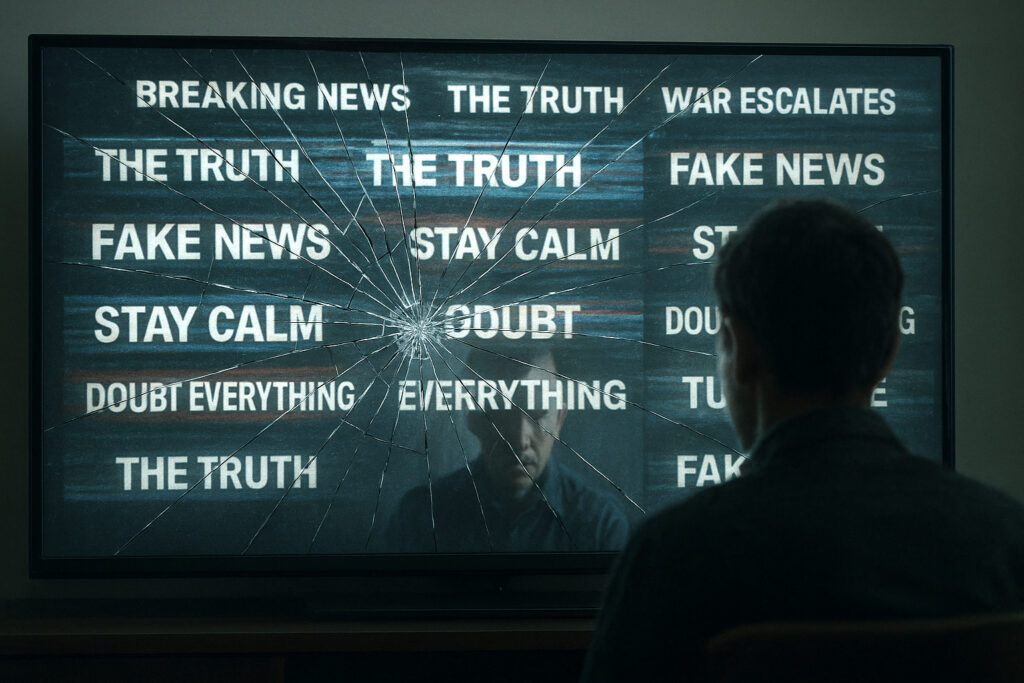
6. Format Wins
Disinformation succeeds not because it convinces, but because it embeds. Western truth defence strategies remain trapped in content logic, failing to see that influence is engineered through form, not message. Until institutions develop structural narrative capabilities, they will continue to lose the information war, no matter how accurate their facts may be. The era demands that democratic actors understand and adopt counter-influence strategies built for a world governed by format over facts.
Call to Action
Frontline Europa documents not only what is said, but also how influence is built. Subscribe to our newsletter for future strategic insight into the mechanics of hybrid war. Support our reporting and receive unique, tailored content via our Patreon to help build structural resilience against propaganda architecture.
References
- Paul, C., et al. (2022). Russian Disinformation on Social Media. RAND Corporation.
- Dierickx, G. (2024). Fact-Checkers’ Challenges in Russian-Ukrainian War. Journal Article.
- Pamment, J. (2022). A Capability Framework for Countering Disinformation. Swedish Institute of International Affairs.
- RAND Corporation. (2021). Compendium of Recommendations on Strategic Communication.




